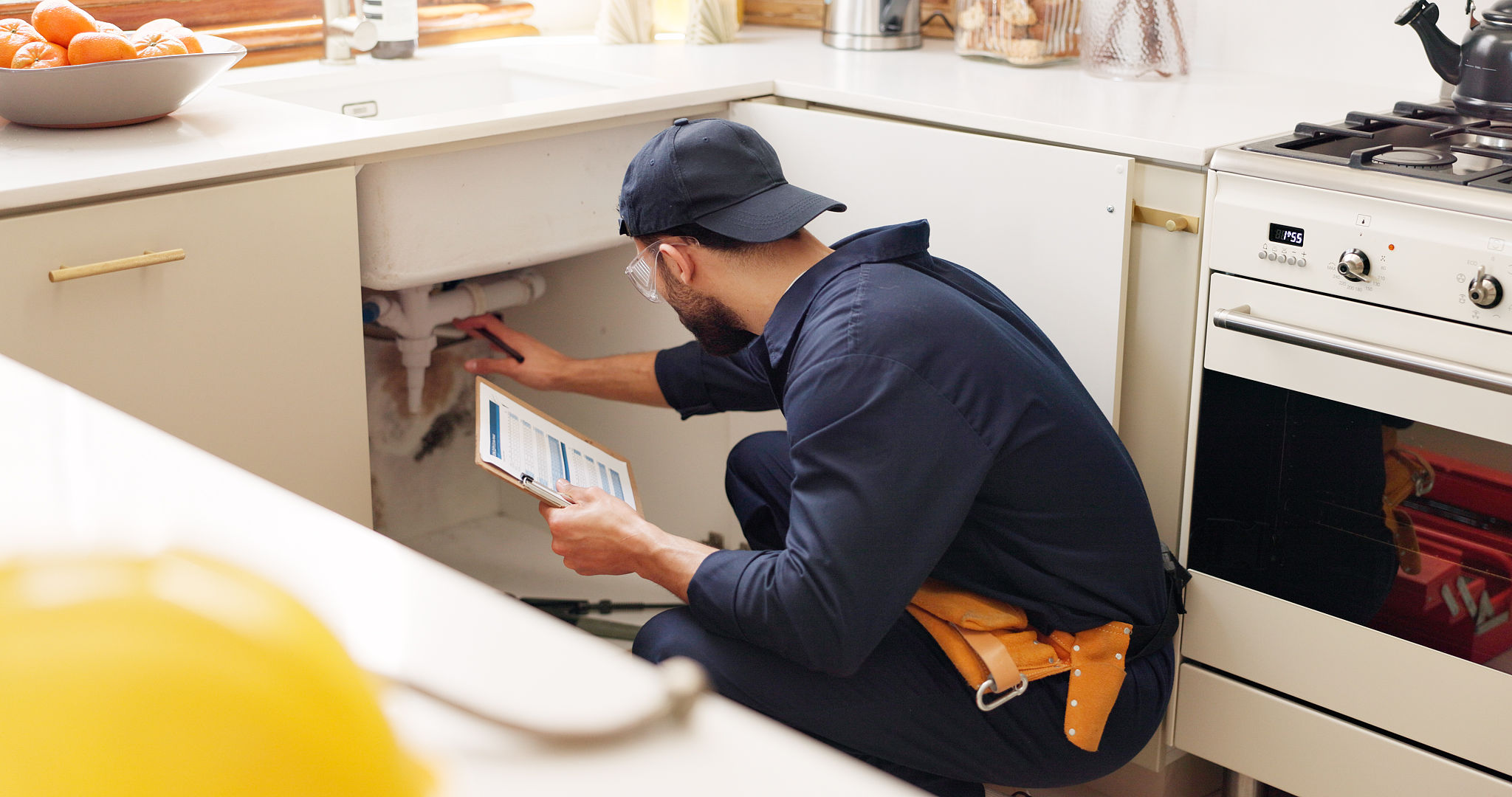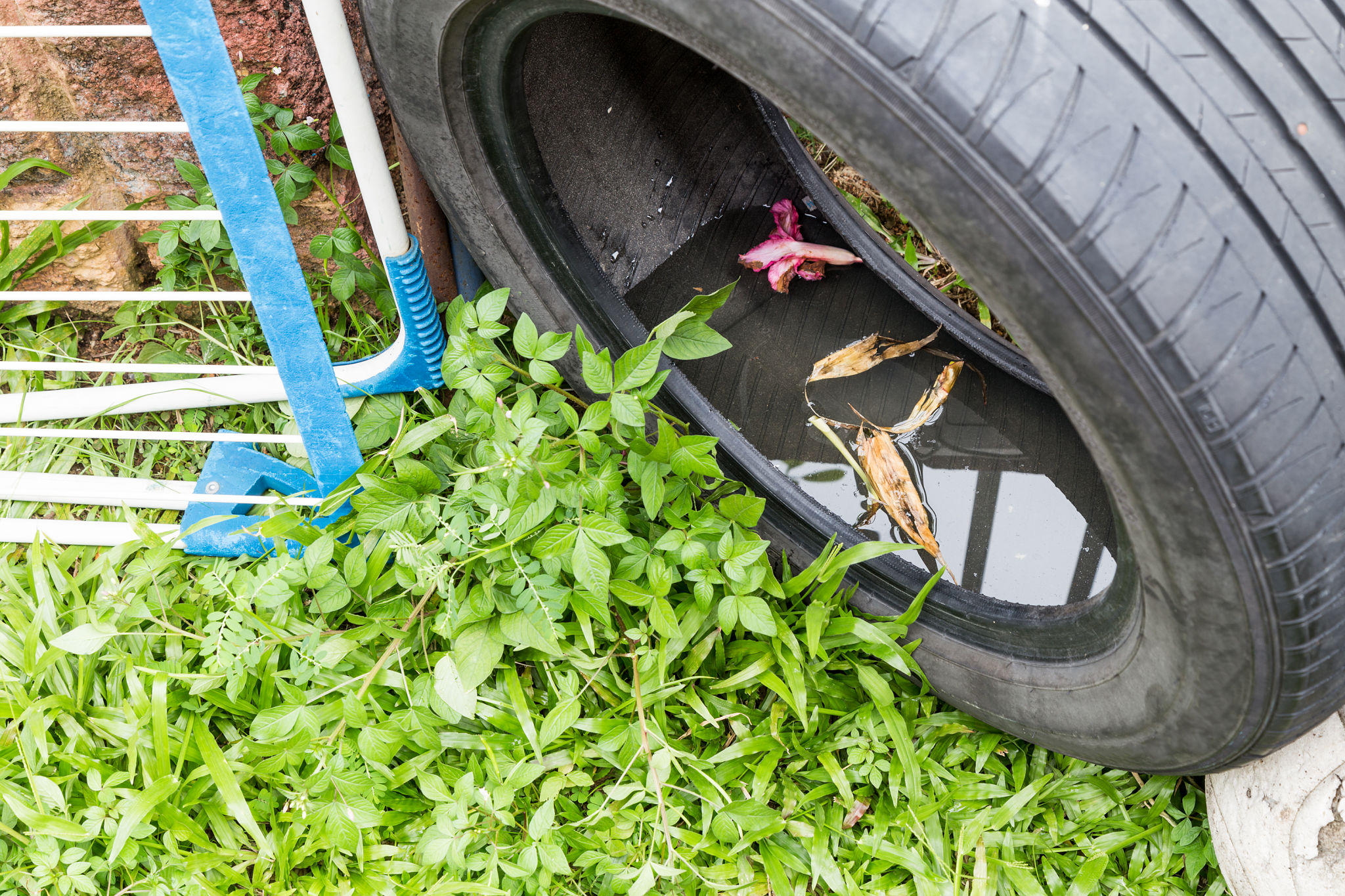Preventing Legionella: Key Steps for Homeowners
Understanding Legionella
Legionella is a type of bacteria that can cause Legionnaires' disease, a severe form of pneumonia. It thrives in warm water environments, making home water systems a potential breeding ground. Understanding how Legionella develops and spreads is crucial for homeowners who wish to prevent its harmful effects.
Legionella bacteria are commonly found in stagnant or slow-moving water, which can often be the case in residential plumbing systems. It can become a health risk when water containing the bacteria is aerosolized and inhaled. Therefore, taking preventive measures is essential to ensure a safe living environment.

Regular Maintenance and Inspection
A key step in preventing Legionella is ensuring regular maintenance and inspection of your home's water system. This includes checking for any rusty or corroded pipes, which can create an ideal habitat for the bacteria. Professional inspections can help identify potential problem areas in your plumbing system before they become a health risk.
Homeowners should also consider flushing out unused water lines periodically. Stagnant water in pipes that are seldom used can become a potential breeding ground for Legionella. By regularly flushing these lines, you can significantly reduce the risk of bacterial growth.

Hot Water Heater Management
The temperature of your hot water heater plays a crucial role in preventing Legionella. The bacteria multiply between 68°F (20°C) and 113°F (45°C). Therefore, it is important to maintain your hot water heater at a temperature of at least 140°F (60°C) to inhibit bacterial growth. However, be cautious to avoid scalding risks, especially in homes with young children or elderly residents.
Consider installing a thermostatic mixing valve that allows for safe and controlled delivery of hot water temperatures at the tap without reducing the heater's overall temperature setting. This can effectively minimize the risk of Legionella while ensuring safety from hot water burns.
Avoiding Stagnant Water
Stagnant water increases the likelihood of Legionella development. Homeowners should ensure that water is used throughout their plumbing system regularly. This includes running taps and showers that are not frequently used to prevent standing water from becoming a breeding ground for bacteria.
If you plan to be away from home for an extended period, consider turning off the water supply or arranging for someone to periodically run water through your system. This simple action can significantly reduce the potential for Legionella growth during periods of inactivity.

Cleaning and Disinfection
Regular cleaning and disinfection of showerheads, faucets, and other water outlets are vital in preventing Legionella growth. Mineral deposits and biofilms can develop over time, creating environments where bacteria can thrive. Use appropriate cleaning agents to ensure these surfaces remain free from build-up.
The addition of disinfectants like chlorine can also help keep your water system clean. However, it's important to follow manufacturer guidelines and local regulations to ensure safety and effectiveness.
Conclusion
Preventing Legionella requires vigilance and proactive measures from homeowners. By maintaining your water systems, managing temperatures appropriately, avoiding stagnant water, and ensuring regular cleaning, you can significantly reduce the risk of Legionnaires' disease in your home. By taking these steps, you are not only protecting your health but also contributing to a safer community environment.
